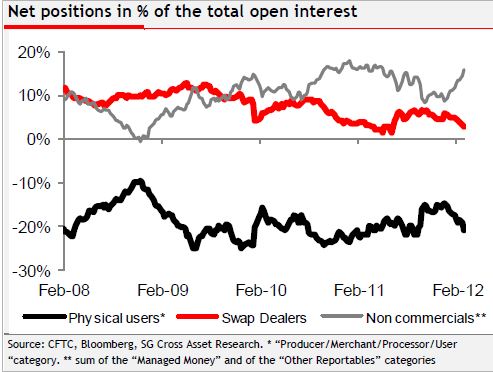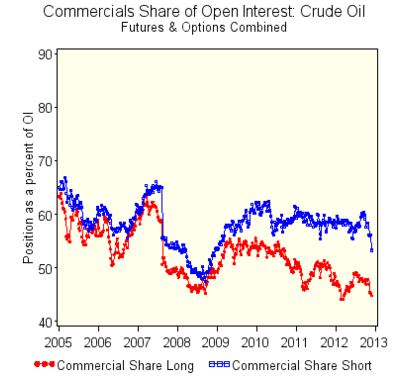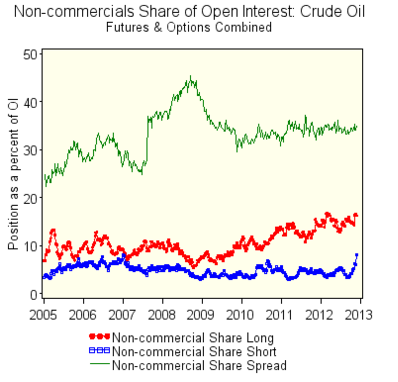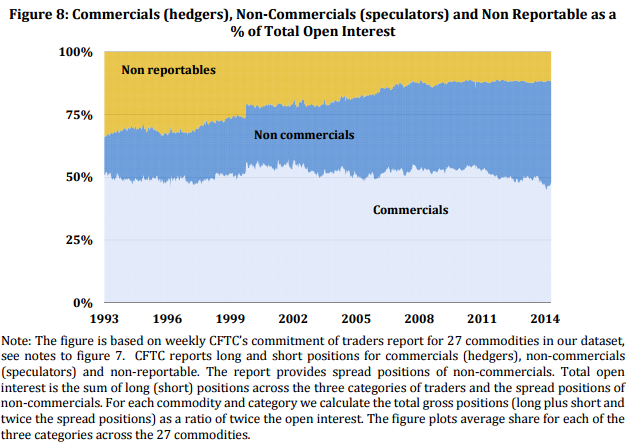As assets tracking factor indices grow, so does the attention paid to evaluating and promoting these so-called “smart beta” funds. Even the nomenclature attracts attention. Professor William Sharpe, famous among other things for introducing the concept of beta to academic finance, has said that the term “smart beta” makes him “definitionally sick,” and lesser lights than he have also voiced reservations about the terminology. Recently one of the financial community’s best journalists opined that smart beta may be less smart than many of its practitioners allow.
How should an investor evaluate a “smart beta” strategy? One fair way is to evaluate it against the claims its advocates make, which requires that those claims be made explicit. A factor index provides exposure to stocks with certain common characteristics. Are those characteristics desirable in themselves, or desirable only because they are a means to a different end? What, in other words, is the telos of a smart beta index? This question puts a certain burden on both manager and investor, as clarity, already a moral virtue, becomes a practical necessity.
For example: suppose an investor is sold a value-driven “smart beta” ETF. Its managers say (truthfully) that it will hold only stocks with above-average yields and below-average PE ratios. The investor buys the fund and, several years later, finds that his “smart” ETF has underperformed the dumb old cap-weighted index from which its constituents were drawn. But the ETF’s stocks were cheap when they were bought and they remain cheap. Ought the investor to be aggrieved? And if so, with whom — with himself, or with his ETF manager?
Of course, in our simple example, the investor may not have been fully clear, not even with himself, about his underlying assumptions. He may have told himself that he bought the ETF in question because he wanted to own undervalued stocks, and this may even be true, as far as it goes. But it may not go far enough. Perhaps the fuller truth is that he wanted to own undervalued stocks as a means of outperforming a cap-weighted benchmark. And smart beta’s failure to outperform, in this case, is as irksome as would be the underperformance of an active manager (although perhaps less painful in view of smart beta’s presumably-lower fees).
The investor, in other words, needs to understand his own motivation. Does he want factor exposure in itself, or because it is a means to a different end? An investor who undertakes factor exposure as a means of outperforming should be aware that, just as no active manager outperforms all the time, neither does any factor index. The investor should strive to understand the conditions that will make for a factor’s success. Equally, he should strive to understand his own goals and motivations.
The posts on this blog are opinions, not advice. Please read our Disclaimers.












